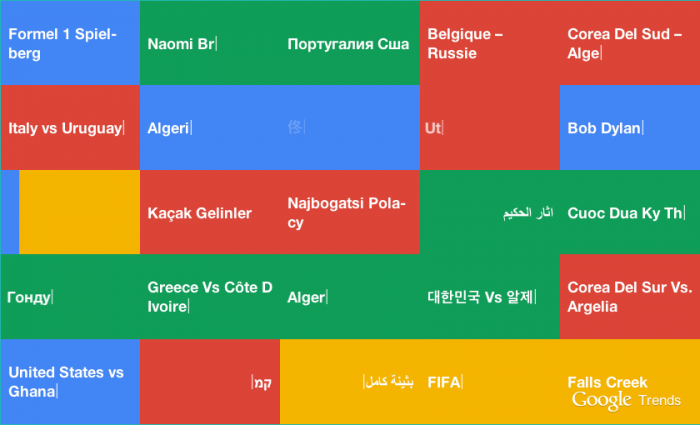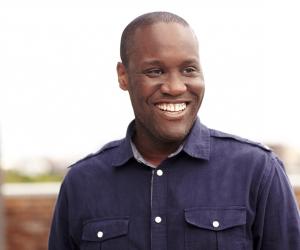
Every year, brand consultancy Wolff Olins takes a deeper look at what's driving change in the world of branding in its Game Changers series. In its most recent report, the firm tackles head-on the growing sense of uneasiness among business leaders about ‘giving up control to consumers’ in the age of social media.
The New Mainstream looks at the evolving ways people are consuming products and interacting with brands. The report sets out to determine where the opportunities lie for brands, companies and institutions as changing consumer behaviour forces them to renegotiate how they engage. Wolff Olins spent three months last year interviewing top behavioral experts, cultural thinkers and social anthropologists, as well as consumers, to identify the emerging mainstream behaviours.
Here are our five top take-outs from this insightful report:
1. People are no longer passive consumers but active agents
Consumers have shifted from simply being passive users to active producers. Since 2006, the percentage of people actively engaged in creating content online has skyrocketed from 10% to 77%. Social media platforms such as Facebook, Twitter and YouTube are enabling a broad spectrum of users to create and share content. This is reshaping the relationship people have with brands. Companies are no longer the sole custodians of a brand or its messaging. They now share this with consumers, who are actively producing content that influences and shapes perceptions of the brand as well as the content the brand itself uses.
2. We are living in an age of sidestepping
“Everywhere in the world, people are questioning authority — and finding ways to sidestep it… It’s become mainstream across many dimensions of everyday life. People question, compare, probe, mistrust, even boycott corporations — and find alternatives,” reads the report. It goes on to highlight examples of brands such as Skype, Whatsapp, Kickstarter and Indiegogo that allow people to sidestep traditional telecom or banking services that have failed to keep pace with their needs and values.
3. Don't act like an institution; be an ecosystem
In a world of sidestepping, it follows that "companies gain trust by giving people a new power.” So how do you give consumers power? By enlisting them as part of a creative ecosystem rather being an institution that tries to persuade or sell to them. Another proposed strategy is to let people get inside your business. A great example of a brand that understands this is Google, which allows anyone access to its search data through Google Trends and Knowledge Graph.
4. Be an enabler not a salesman
In a world where consumers are now finding alternative means to become producers themselves, brands need to provide platforms for people to make and sell. “The opportunity for companies is to do much more than just selling: to equip their customers with knowledge, skills, tools and even marketplaces — and to let customers use their brand. And in that way, to get much more back in return.” Fashion retailer ASOS is unlocking this potential by enabling customers to sell clothes they no longer want while UK publisher Faber runs free online training through The Faber Academy.
5. Time, more than ever, is money
“In an era of taking back, to get people’s time and data, companies need to give people the freedom to get everything on-demand.” According to Dale Southerton, editor of Encyclopedia of Consumer Culture, feelings of ‘harriedness’ mean that consumers experience their lives as a series of hot and cold spots – the cold spots being the ‘quality time’ they carve out for themselves and those they care most about. The report recommends that brands allow consumers to do things on their own terms and to feel more in control of their time. Segmenting their products and services for different moods and needs could also lead to a new “menu” of experiences that offer more choice to consumers.
Read the full report here.






